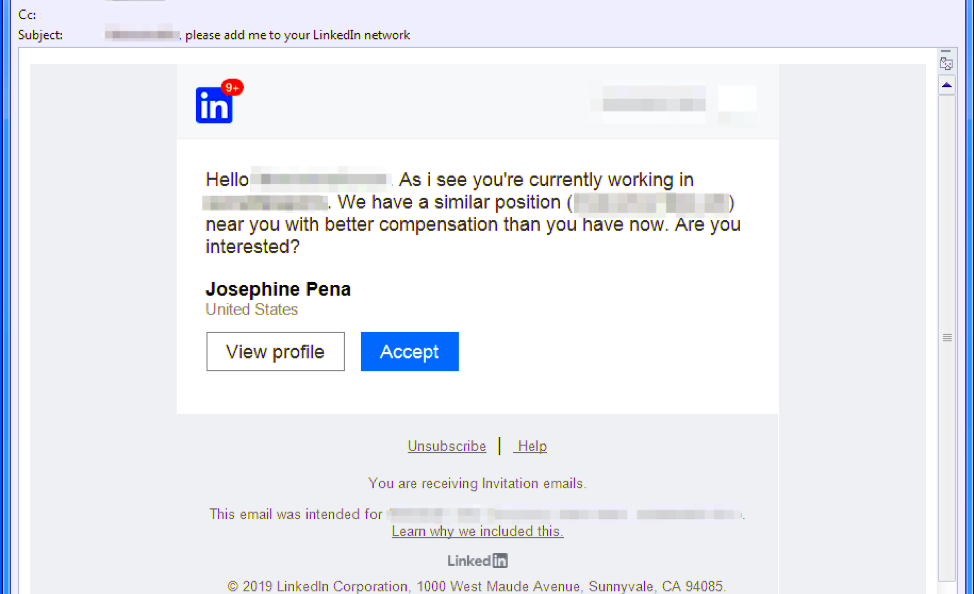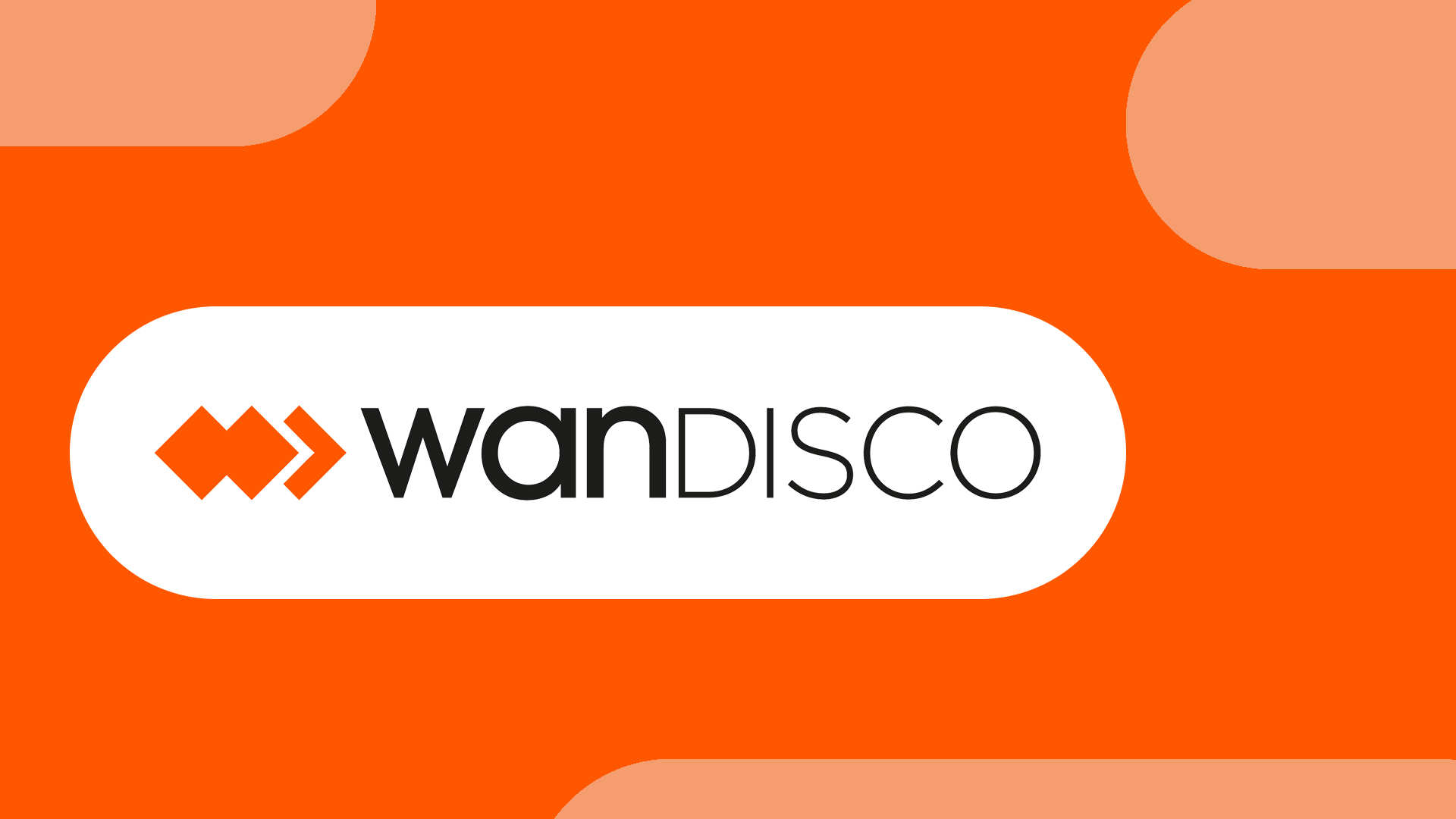How a social media network could bring down your business
Employees are devoting more than three hours per week to sites proven to be hotbeds of malware


The sheer number of social media users around the world means that platforms such as Facebook, Twitter and LinkedIn are proving to be golden opportunities for cyber criminals.
According to a report by the University of Surrey, commissioned by IT security firm Bromium, cyber criminals are currently generating at least $3.25bn in revenue every year through their aggressive exploitation of social media.
In the US alone, there was a 300-fold increase in the number of reports of social media-related cyber crime during the 2015-17 period, while the UK has seen similar crimes quadruple between 2013-18.
The University of Surrey report, entitled Social Media Platforms and the Cybercrime Economy, revealed that four of the five top websites hosting the most cryptocurrency mining code are social media platforms, sites that are also known to contain up to 20% more methods for potential malware transfer than ecommerce, media or culture-focused websites.
These stats make for some very sombre reading, and it's no surprise that, over the last five years, 1.3 billion social media users have had their data compromised.
Yet this isn't simply an issue for individuals scrolling through Facebook at home - social media-related cyber crime is having a big effect on businesses both large and small.
The effect on business
"One in eight enterprises have been breached through social media, so it's certainly something businesses should be taking seriously," says Dr Mike McGuire, senior lecturer in Criminology at University of Surrey, and author of the report.
Get the ITPro daily newsletter
Sign up today and you will receive a free copy of our Future Focus 2025 report - the leading guidance on AI, cybersecurity and other IT challenges as per 700+ senior executives
One of the main weak spots is employees themselves. Research has shown that staff can spend more than three hours a week browsing social media channels at work, and almost 80% of employees will use social media in the office without any regard for company policy.
Staff using social media at work, or on company devices, are unwittingly introducing risk to the business, creating backdoors into corporate networks for savvy cyber criminals. This can lead to a draining of IT resources, accelerating the deterioration of critical assets and theft of customer data or company IP, which in turn can cause a drop in reputation and revenue, as well as opening businesses up to regulatory fines.
In addition, companies themselves are becoming more reliant on social media, with many using them as an important marketing tool, if not their sole business platform.
"Think about how impacted business is by the use of social media. Over 70% of businesses now have Facebook accounts and almost as many are on Twitter," McGuire points out.
Methods of attack
Cyber criminals are using a variety of approaches to exploit social media platforms, including social media phishing, where cyber criminals create fake pages to harvest user data.
Malware can be delivered via updates or shares, adverts, plug-ins and apps, messages and videos, many of which are powering the spread of cryptojacking software - code which can force a machine to use its processing power to mine for cryptocurrency.
"Facebook Messenger has been instrumental in spreading cryptomining strains like Digimine, but another example we found was on YouTube, where users clicked on ads, unwittingly enabling cryptomining malware to execute on their devices. For businesses, this type of malware can be very costly," McGuire notes.
Cyber criminals also simply take advantage of the information users freely share on their social media channels, as Professor Kevin Curran, a senior member of the IEEE and a professor of cyber security at Ulster University explains to IT Pro.
"Doxing is the most common way cyber criminals exploit social media platforms," he says. "This is the hacking term for the Internet-based practice of researching identifiable information about an individual or organisation. It can be conducted on public databases and increasingly on social media websites.
It's with this information that hackers can potentially embarrass, harass, or even blackmail employees in an attempt to retrieve information relating to a company.
"There are some specialised search tools for this technique but the most popular method is to simply conduct searches on search engines such as Google or Bing. The other popular method is to trawl through social media sites like Facebook, Twitter and LinkedIn, which can offer quite detailed private information such as photos, family connections, place of employment, email address and phone numbers."
Another example of a method cyber criminals have also found to be very successful is the exploitation of LinkedIn's 'confirm that you know this person' feature. Fake emails, almost indistinguishable from the real thing, redirect users to sites where malware is automatically downloaded onto their machine. McGuire's report noted that up to 68% of LinkedIn users who receive such emails have clicked on these links.

Proofpoint researchers discovered malicious LinkedIn messages like these targeting employees
Recent research by Proofpoint found that hackers are also exploiting the LinkedIn's job search tool, which hackers masquerade as employees from a staffing company equipped with offers of employment. These fake offers are often highly sophisticated in their design and come with fake websites and campaign material, all of which will contain malware.
"Psychological research has found that social media users are a little more open to suggestion and have a greater sense of trust, following leads perhaps a more cynical person might not," says McGuire. "This means they're much more open to phishing attacks; clicking on links and doing the things we all know are bad in terms of malware hygiene."
Safeguarding against social media cyber crime
It's important to note that banning social media sites from the workplace isn't a sure way of dealing with the threat. An employee will find ways around such restrictions, an act which itself could create even further backdoors into a company's network and yet more headaches for an IT team.
What's more, social media is a valuable tool for businesses, and so easy access is not only preferable, it can be essential to its day to day operations.
"Many companies need to have access to social media as this is where they're customers are. I think they're stuck between a rock and a hard place as social media is an important business tool, they can't just ban these networks."
Cyber security experts say that robust cyber security defences are key, and that companies should take advantage of everything from technology to training. Ensure two-factor authentication (2FA) is in place, for example, as passwords can be easily stolen and used in phishing scams.
"The simplest way of mitigating this is to create a company-wide policy to implement 2FA on every account and then implement this for everyone," suggests Jake Moore, cyber security specialist at ESET. "Offering a password manager with a generator can also make employees update their personal security."
"One of the most effective ways of reducing the harm that social media-enabled attacks can cause is through the use of application isolation within layered defences," adds Ian Pratt, Bromium's president.
"Isolating social media pages within secure micro-VMs ensures that even if a user clicks on an infected app, or other malware, it is contained and the hacker has nowhere to go, nothing to steal and no way to persist - rendering it harmless.
However, he adds that some attacks will appear genuine enough to persuade users to act, "so there is a need to educate users too, to ensure employees don't fall victim to such scams".
Keri Allan is a freelancer with 20 years of experience writing about technology and has written for publications including the Guardian, the Sunday Times, CIO, E&T and Arabian Computer News. She specialises in areas including the cloud, IoT, AI, machine learning and digital transformation.
-
 Bigger salaries, more burnout: Is the CISO role in crisis?
Bigger salaries, more burnout: Is the CISO role in crisis?In-depth CISOs are more stressed than ever before – but why is this and what can be done?
By Kate O'Flaherty Published
-
 Cheap cyber crime kits can be bought on the dark web for less than $25
Cheap cyber crime kits can be bought on the dark web for less than $25News Research from NordVPN shows phishing kits are now widely available on the dark web and via messaging apps like Telegram, and are often selling for less than $25.
By Emma Woollacott Published
-
 How to empower employees to accelerate emissions reduction
How to empower employees to accelerate emissions reductionin depth With ICT accounting for as much as 3% of global carbon emissions, the same as aviation, the industry needs to increase emissions reduction
By Fleur Doidge Published
-
 Worldwide IT spending to grow 4.3% in 2023, with no significant AI impact
Worldwide IT spending to grow 4.3% in 2023, with no significant AI impactNews Spending patterns have changed as companies take an inward focus
By Rory Bathgate Published
-
 Report: Female tech workers disproportionately affected by industry layoffs
Report: Female tech workers disproportionately affected by industry layoffsNews Layoffs continue to strike companies throughout the tech industry, with data showing females in both the UK and US are bearing the brunt of them more so than males
By Ross Kelly Published
-
 How can small businesses cope with inflation?
How can small businesses cope with inflation?Tutorial With high inflation increasing the cost of doing business, how can small businesses weather the storm?
By Sandra Vogel Published
-
 How to deal with inflation while undergoing digital transformation
How to deal with inflation while undergoing digital transformationIn-depth How can organizations stave off inflation while attempting to grow by digitally transforming their businesses?
By Sandra Vogel Published
-
 How businesses can use technology to fight inflation
How businesses can use technology to fight inflationTUTORIAL While technology can’t provide all the answers to fight rising inflation, it can help ease the pain on businesses in the long term
By Sandra Vogel Published
-
 Embattled WANdisco to cut 30% of workforce amid fraud scandal
Embattled WANdisco to cut 30% of workforce amid fraud scandalNews The layoffs follow the shock resignation of the company’s CEO and CFO in early April
By Ross Kelly Published
-
 Some Tech Nation programs could continue after Founders Forum acquisition
Some Tech Nation programs could continue after Founders Forum acquisitionNews The acquisition brings to a close a months-long saga over what the future holds for Tech Nation initiatives
By Ross Kelly Published